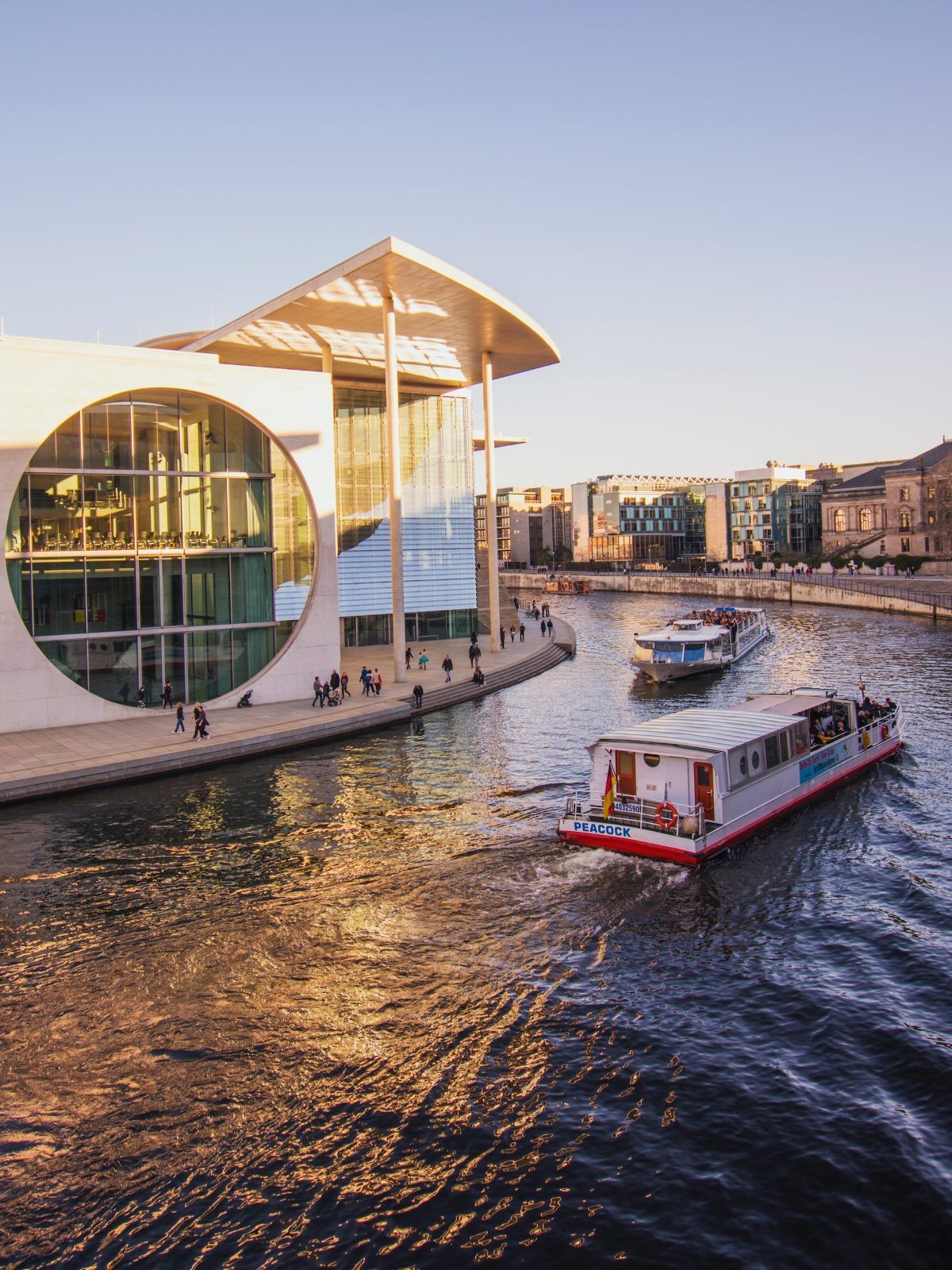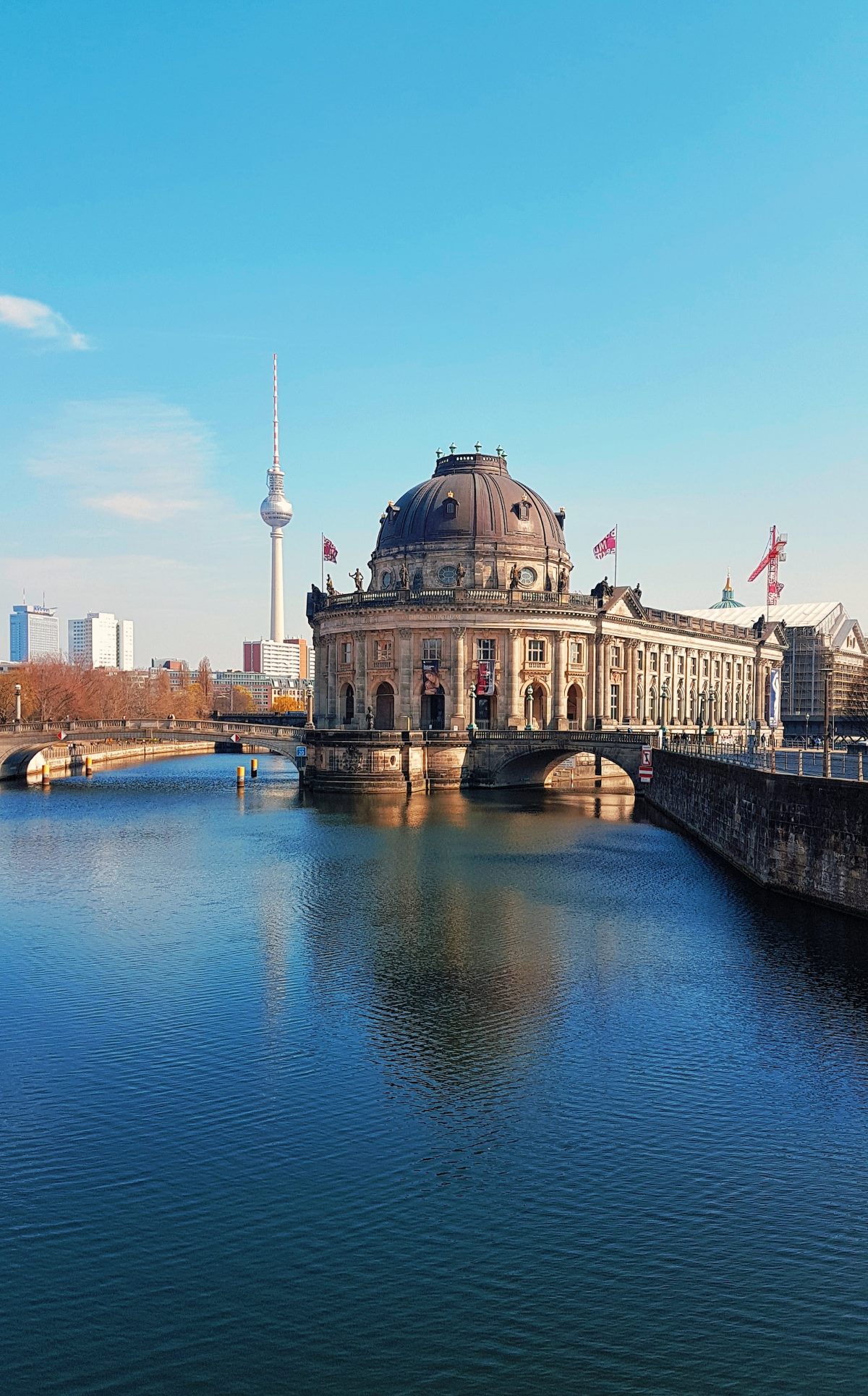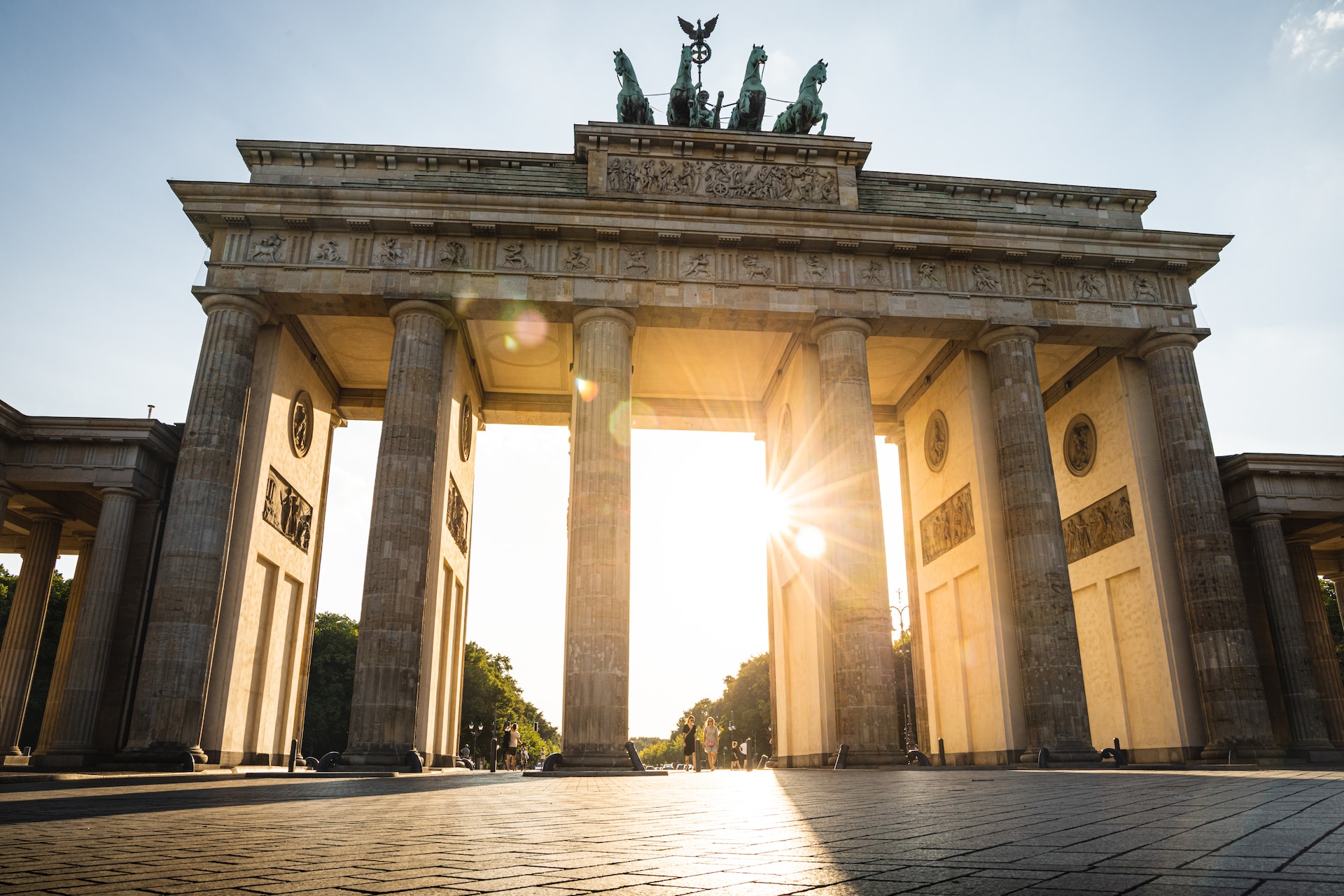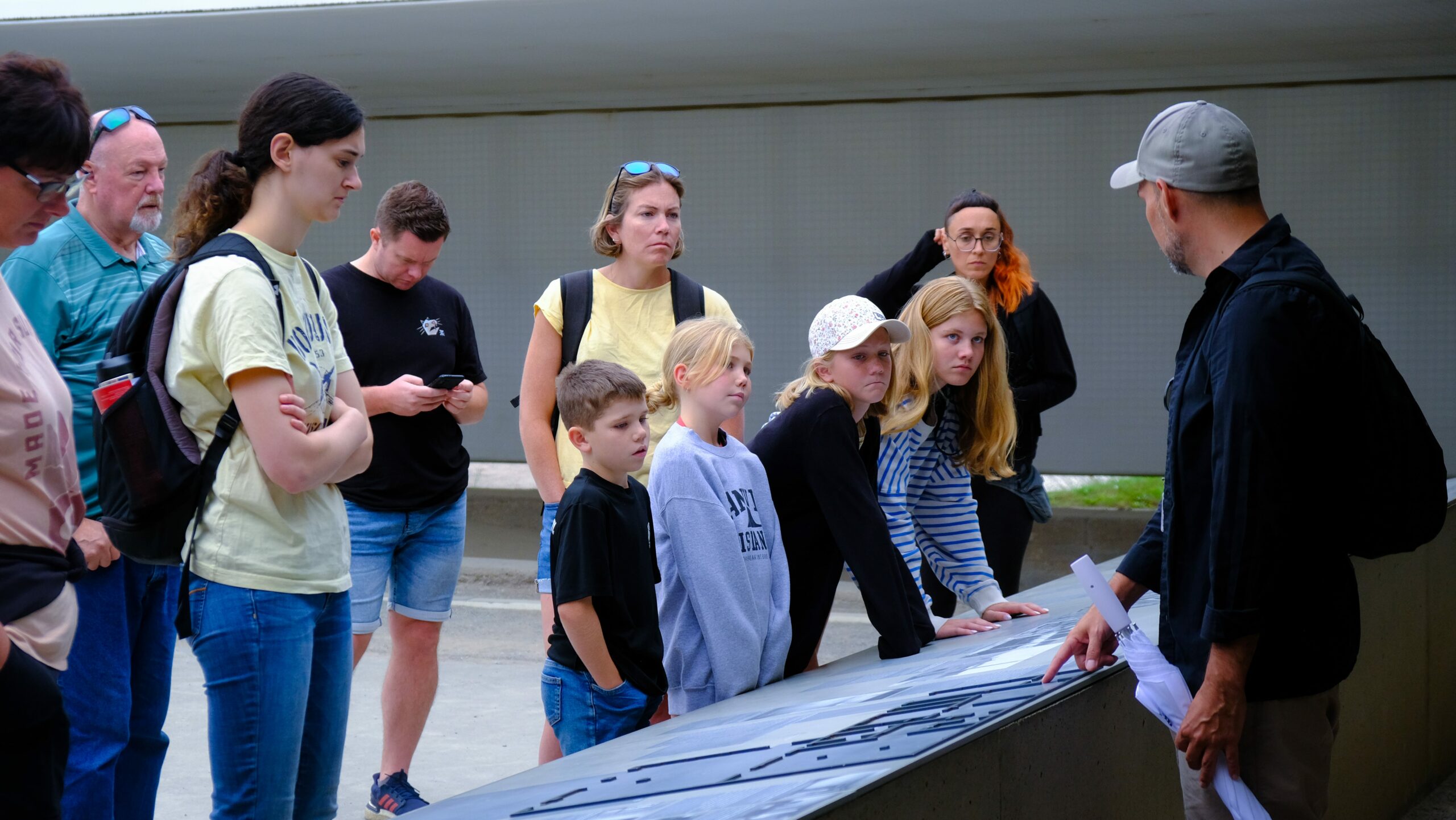Introduction
Yet, do you know what happened with the Berlin Wall story? You’re in the right place if you’re not. This article focuses on the 20th century structure which is one of the landmark one. So, let’s dive in!
History
The Berlin Wall was a wall of which the Cold war separated East and West Berlin; it is composed of a barrier set up by the German Democratic Republic (East Germany, successfully kept behind from 1961–1989). Its primary aim was to stop East Berliners leaving and going to West Berlin, which was under the control of the Federal Republic of Germany.
After World War II, Germany was divided into four occupation zones occupied by the Allied powers, namely the United States, United Kingdom, France and the Soviet Union. West Berlin, the housing of the Allied sectors, was also divided into eight sections within Soviet controlled East Germany.
This however led to tensions between the Soviet Union and the other three Allied powers, which ultimately started the Cold War. After being established in 1949, West Germany was founded and Bonn became its capital its seat of the Federal Republic. While East Germany with East Berlin as the capital remained under Soviet control.
Thereafter, as things got tense, more than 2.5 million East Germans fled to the West via West Berlin to take advantage of the open border that existed until 1961. It was a devastating blow to the East German economy and communist regime when this mass exodus, known as the “brain drain,” took place.
Construction and Structure
It was on August 13, 1961, that the East German government started building the Berlin Wall. It was initially built of barbed wire fences, but later came to include concrete walls, guard towers, anti-vehicle trenches, and wide ‘death strips’ cleared of vegetation so that border guards could have a clear view of the Strip.
All of a sudden, the city was split in half by 155 kilometers (96 miles) of wall. Families, friends and communities were suddenly and overnight split apart. It was not one solid barrier, but rather a set of devised barriers to keep more people from crossing.
The wall had been improved along various architectural routes over the years, bolstered and hardened to be a wall difficult to breach. Finally it became two parallel walls with ‘death strip’ between them guarded by armed guards, dogs, and a clever array of alarms and traps.
Significance and Impact
During the Cold War, the Berlin Wall became a symbol of the split between the western democracy and Soviet dominated communism. It was the physical manifestation of the Iron Curtain separating the just democratic West from the communist East.
It made a huge difference in the people of Berlin and of Germany. And families were torn apart, friendships were severed, lives were forever changed. It had instilled a fear, a feeling of isolation, and oppression on those that lived behind it.
But it also became a spur to resistance and peaceful protest. A growing discontent among East German citizens was fueled by appet for freedom, and at some point tempers boiled over into mass demonstrations and calls for political change. In the end, the wall fell on November 9, 1989, and is the occasion of the end of the Cold War and the reunification of Germany.
Legacy
Remains of the Berlin Wall reflect the price of division and the victory of the human spirit. Instead, it has turned into a symbol of hope, resilience and freedom. Today the Berlin wall is a crumbling reminder of the bloody history of the city.
The Berlin Wall Memorial, the East Side Gallery and better still, Checkpoint Charlie show visitors the heritage of the important divide that once was and the brave people that fought for a unified Germany.
Conclusion
The Berlin Wall is a monument of man’s desire for freedom, and its fulfillment came with the division that a political regime, by its own means, would seek to impose. Constructed and then was brought down on history’s course, it had left a mark on the world it formed.
The lessons of the Berlin Wall are still very present in today’s increasingly globalized world: it is important to remember and learn from the past. If we understood the difficulties that all these people had to go through, knowing how to be united, freed, known for the right to human rights, etc.
Table of Contents




